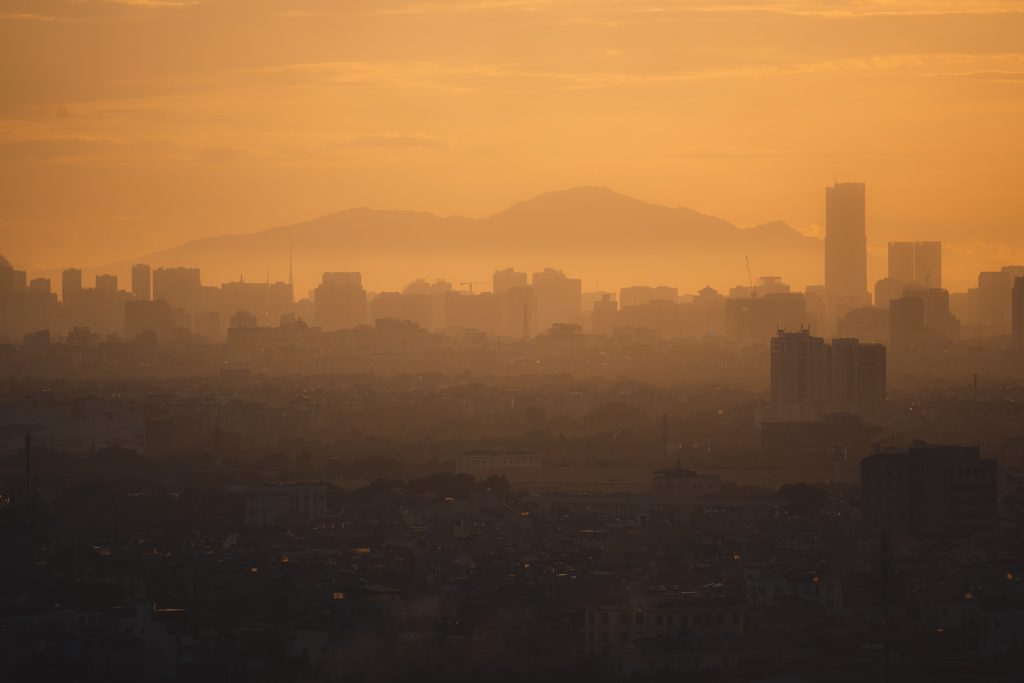Source: New York Times
Urban air pollution in the tropics is rapidly increasing and will lead to hundreds of thousands of preventable deaths if stronger regulations are not put in place, according to a new study.
Some 180,000 premature deaths in large tropical cities in 2018 alone were attributable to increased exposure to pollutants since 2005, according to researchers at University College London. That number, they noted, is made all the more alarming by the fact that nearly three-quarters of megacities, those with 10 million or more residents, are expected to be in the tropics by the end of the 21st century.
In many megacities, pollutants increased between 8 and 14 percent year to year, which is up to three times as high as national or regional rates of increase. And the vast majority appeared to come from industrial and residential sources, not from agricultural practices like biomass burning that have historically driven air pollution in tropical regions.
Research
The researchers used data collected by instruments on satellites from NASA and the European Space Agency to estimate concentrations of several pollutants known to be harmful to humans: fine particulate matter, known as PM2.5; nitrogen dioxide; ammonia; and volatile organic compounds, or V.O.C.s, a group of chemicals that includes formaldehyde and benzene. The data covered 46 tropical cities in Africa, the Middle East and Asia that are projected to have populations of 10 million or more by 2100.
From 2005 to 2018, nitrogen dioxide, which has been linked to lung cancer and heart disease, increased significantly in 34 of the 46 cities. Among the hardest hit were Chittagong, Bangladesh, where concentrations tripled, and four cities — Luanda, Angola; Dhaka, Bangladesh; Antananarivo, Madagascar; and Hanoi, Vietnam — where concentrations more than doubled. Jakarta, Indonesia, was the only one that saw improvements, because of emissions standards for vehicles.
Sources of pollution
Overall, however, the researchers found that most of the increased pollution was driven not by biomass burning but by sources like traffic and fuel burning — a distinction the researchers were able to make because biomass burning shows up in satellite observations in intense but relatively short bursts, usually with a seasonal pattern. Other human activities produce less intense but more sustained pollution.
“The driver of these trends is anthropogenic activity, but that’s very broad — there’s so much anthropogenic activity that takes place within a city,” Dr. Marais said, adding that further scientific research was needed to identify the largest contributors.
Health care systems
In their report, the researchers emphasized the disproportionate harm that air pollution could do in tropical cities, many of which are in countries with weak or overburdened health care systems.
The coronavirus pandemic has only underscored “that health care systems in tropical countries are vulnerable to the looming health crisis supported by our exposure trends,” they wrote. “Immediate and strict policy measures are needed to improve air quality and curtail increased exposure to hazardous pollutants due to abrupt population growth and urbanization in a part of the world that accounts for an increasingly large portion of the global population.”

Photo by Hoach Le Dinh on Unsplash